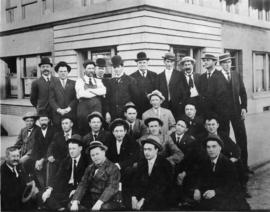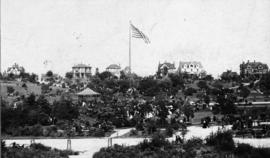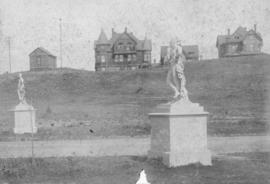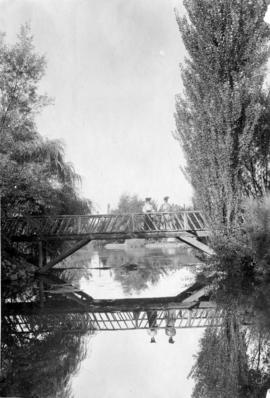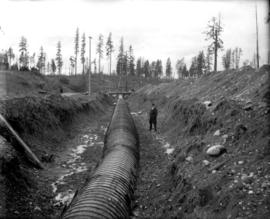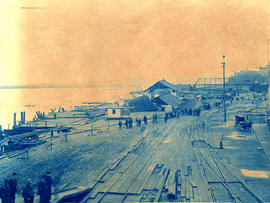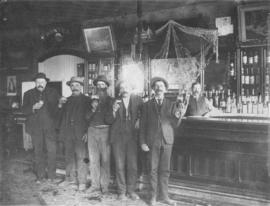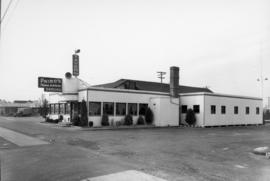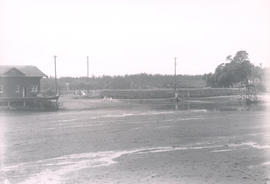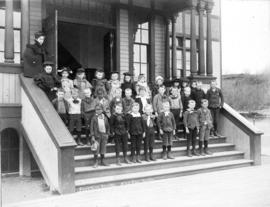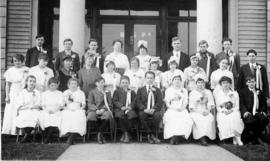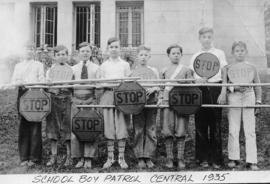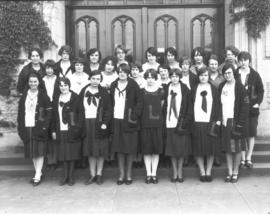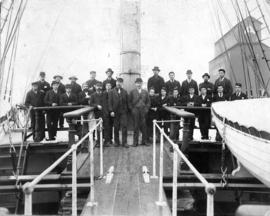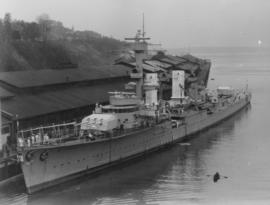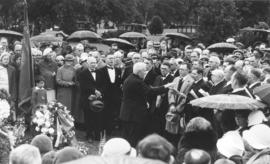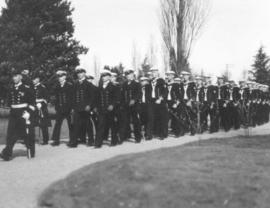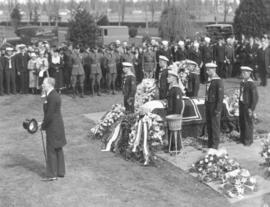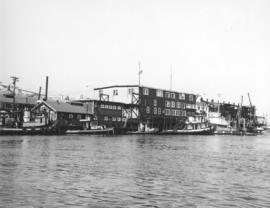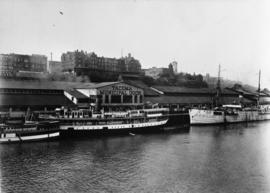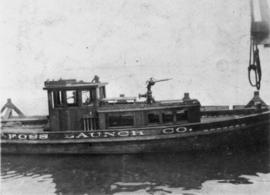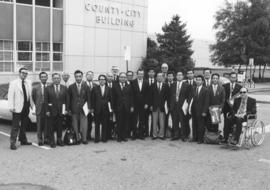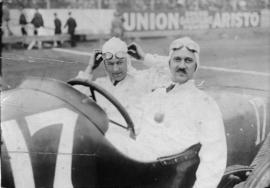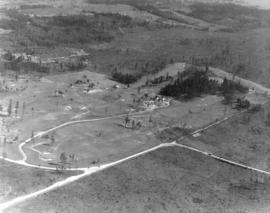- Item
- 1907
Part of General Photograph Collection
ca. 1907. Group portrait of the Tacoma Daily Ledger newspaper staff in front of their new offices in the Perkins Building circa 1907. These men were composing room employees, members of Typographical Union No. 170. S. A. "Sam" Perkins had just purchased the Ledger, adding it to his Perkins Press newspaper empire. At that time the Ledger was a morning and Sunday paper and the News, an afternoon paper. The Ledger merged into the Tacoma News Tribune in 1937. Harold S. Hagen, third from left in the middle row, was still working as a compositor at the Tacoma News Tribune in 1959, some 52 years after this photograph was taken. G40.1-115, G38.1-014 (Tacoma Labor Advocate, 9-4-1959, p. 11)
Newspaper industry--Tacoma--1900-1910; Typesetting--Tacoma; Printers; Labor unions--Tacoma; Hagen, Harold S.;
